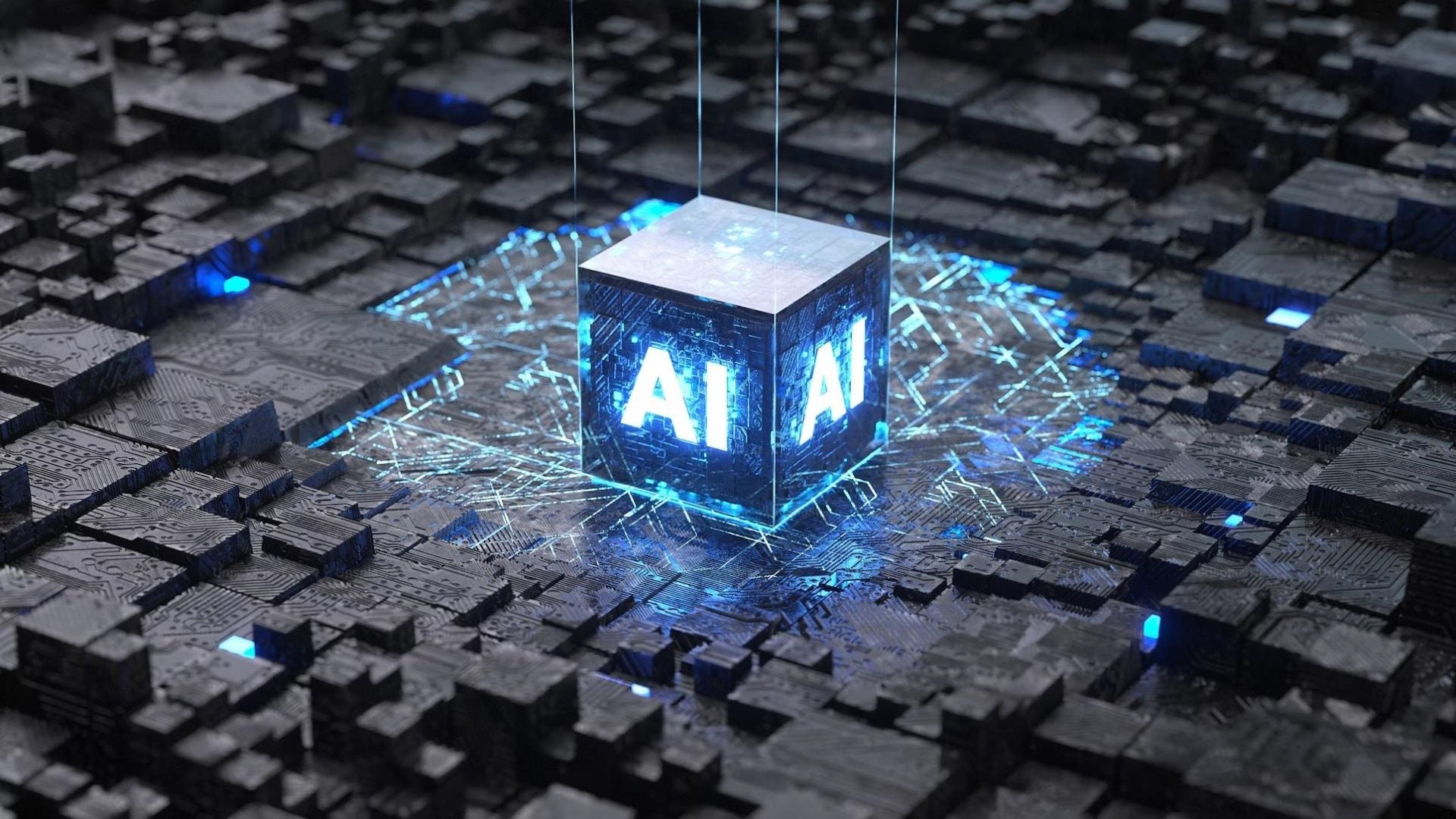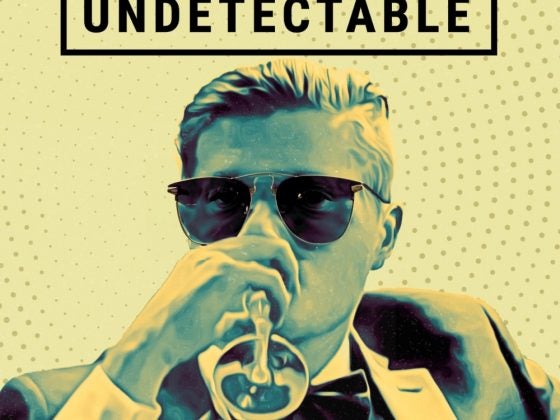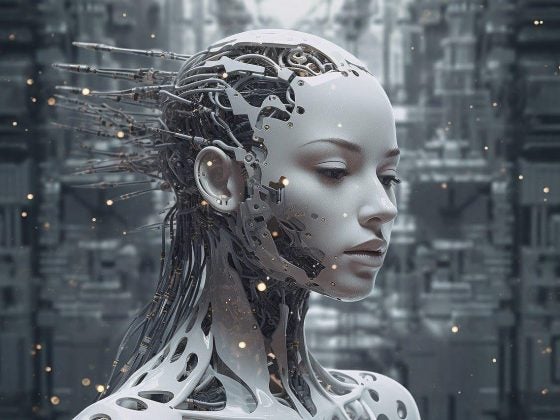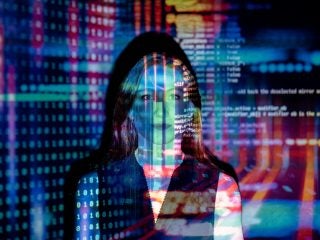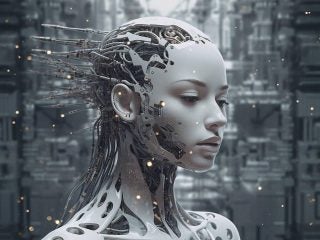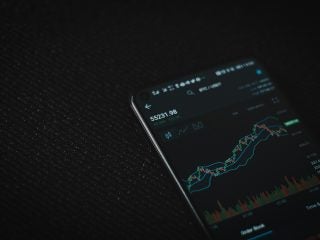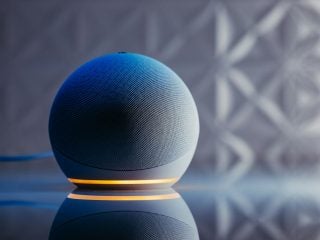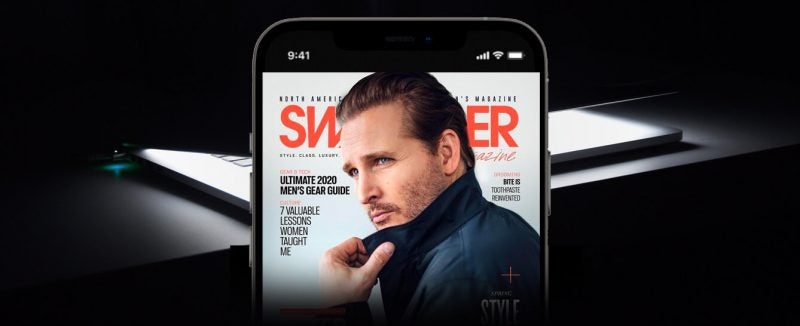By: Meg Button, Fantastic Day
As AI tools spread across creative industries, we hear talk of a future where anyone can create anything, from a feature-length film to a fully produced album, with only prompts and a vision.
For those of us in professional creative roles—writers, designers, illustrators—seeing tasks we’ve mastered and poured ourselves into suddenly handled by language models can feel personal.
It’s not just about the job itself; it’s about the years spent honing our craft, building a style, and working on projects that carry meaning. So yes, for some, AI feels like a threat; as if it’s edging closer to making us creative professionals obsolete.
For those of us who’ve been at this for a while, we know that we’ve heard this with each new wave of tech: what roles we “no longer need.” Canva will kill graphic designers, Squarespace means no more web designers, Procreate makes anyone an illustrator. Every time a tool simplifies a creative process, there’s an initial wave of concern that it will displace creative professionals.
The difference with AI is the speed and scale of its disruption. It’s not just simplifying workflows; it’s fundamentally reimagining how creative work gets done.
Why do we need professionals if consumers have the tools to create professional-quality creative projects? Ego aside, I think one of the most exciting things about AI is how it democratizes access to high-quality creative production.
The Good News: AI Makes High-Quality Creative Accessible to All
Professionally speaking, in the past, producing a commercial or a high-production campaign was something only brands with massive budgets could pull off. There’s a reason that ad professionals get together and reminisce about the days of being at a multi-day shoot with multi-million dollar budgets. It can still happen, but it’s certainly not the norm.
Today, AI is making commercial and campaign work accessible to way more companies. With generative AI, creativity is no longer constrained by cost, and that’s a future I’m genuinely excited about.
I had this same feeling – and excitement – the first time I built a store using Shopify. What used to take a six-figure budget and six months with a custom development team could now be done in a fraction of the time. It was a lightbulb moment—seeing firsthand how tech could give small players access to the same tools as industry giants.
And now, with AI, we’re seeing the same thing on a massive scale—powerful tools in everyone’s hands, making it feel like anyone can be a creator. This shift is exciting, sure, but it also comes with its own set of issues.
The Bad News: If Everyone Is Doing It, How Do We Find Magic in a Sea of Mediocre?
If AI makes content creation so easy that anyone can do it—even our grandmothers creating their own cinematic universes —who, then, becomes the gatekeeper of good quality content?
When everyone has the tools to generate art, film, music, or writing at their fingertips, the challenge shifts from making the content to filtering it.
In a world flooded with AI-generated content, the consumer is suddenly at the mercy of overwhelming choices. And while it might sound like a dream for creators, the reality is more complex. The sheer volume of content means that for every compelling piece, there’s an ocean of mediocrity.
So, what happens to consumers when they need to sift through this next wave of AI-driven user-generated content (also known as AI slop) – and, more importantly, what mechanisms will help us find the “good stuff”?
Right now, traditional gatekeepers like critics, editors, and curators play a role in elevating quality content. With the internet already struggling under the weight of low-quality content (aka slop), an influx of AI-generated material could easily bury the meaningful and the innovative.
When content becomes too easy to produce, there’s a risk that it could diminish the perceived value of creative work overall.
In a worst-case scenario, we may reach a point where AI-generated content saturates the web so thoroughly that it becomes difficult for even the best work to stand out—diluting not only quality but the very experience of discovering and enjoying art.
Guided by Human Vision, Powered by AI
As the tools become more accessible, the creative gates are wide open, allowing anyone to step in and experiment. And while this is exciting, it also places an even greater responsibility on us—both as professional creatives and consumers.
For creative professionals, the focus will remain on the value of ideas, storytelling, and the human touch. The tech behind the work may be revolutionary, but the purpose behind the work is what resonates.
To borrow the words of Rick Rubin “Technology is just a tool. The magic is in the ideas.”
Organizations are starting to recognize this balance and are setting boundaries around AI’s role in creative work. Wired recently published a policy outlining its approach to generative AI. The publication commits to transparency with readers, emphasizing that while AI tools may assist with tasks like headline suggestions or copyediting, they won’t be used to replace the creative process or reporting itself. This kind of policy reflects a broader understanding that AI is a tool to enhance human creativity—not to replace it.
Other companies are taking similar approaches, embedding ethical considerations into their use of AI. By clearly defining when and how AI will be applied, these organizations are setting a precedent for how technology can coexist with human creativity.
Just as we’ve adapted to each wave of technological innovation, we can embrace AI as a supportive tool, one that helps us amplify our voices rather than replace them. When we lean into the strengths that only humans can bring—intuition, empathy, the ability to craft meaningful connections—we create work that stands out, no matter how saturated the market becomes.
For consumers, it’s essential to trust our tastes and develop an appreciation for quality.
As we wade through an abundance of AI-generated content, the challenge will be to recognize and celebrate what’s truly original and meaningful. Just as algorithms might help us filter, they won’t replace our own judgment and ability to value genuine creativity.




